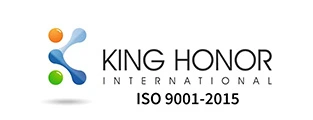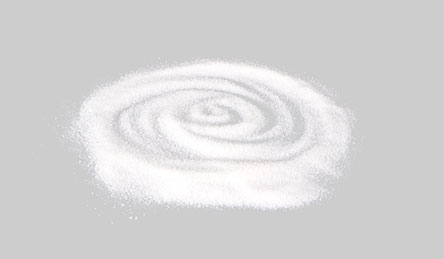
Search


High melting point wax has the characteristics of high melting point, low oil content, high stability, low melt viscosity and narrow particle size. With the development and progress of socio-economic technology, fractional distillation, micronization and modification technologies have been continuously improved, providing reliable technical support for the practical application of high-melting waxes. Its melting point range, low fluidity and permeability make it widely used in food, cosmetics, hot melt adhesives and other industries.
At high temperatures, the melting temperature range and the type of wax directly determine the nature of the hot melt adhesive. The curing time and initial curing temperature of hot melt adhesives are affected by the crystallinity and freezing point of the wax. Its tensile properties and plasticity also have a certain influence.
The application of high melting point wax in hot melt adhesives can increase the bonding temperature of hot melt adhesives, thereby effectively preventing the adhesion of hot melt adhesives during storage and transportation. At the same time, the low-viscosity characteristics of high-melting waxes for hot melt adhesives can greatly reduce the viscosity of resins and polymers. This not only improves the mixing efficiency of the resin, but also facilitates the transfer of hot melt adhesive in the pumping mode, and keeps the surface wettability of the resin and polymer within a certain appropriate range.
The production and sales volume of high-melting point wax hot-melt adhesives is considerable, and the range of applications continues to expand. It has played a considerable role in people's lives and production.